International Primate Day 2018
On September 1 we celebrate International Primate Day, a day dedicated to preserving and protecting all primate species.
Why conserve primates?
The majority of primate populations are declining and most species are under threat from a multitude of factors including hunting, habitat loss, degradation and fragmentation, disease, and climate change. A whopping 70+% of Asia’s primates are threatened with extinction. Despite these declining numbers, there are many benefits to conserving primates, both to humans and to the environment. The wide variety of primate species gives biologists unique insights into human evolution and to how morphology, and behavior evolve under a wide range of ecological conditions. In addition to the unique understanding the study of primates can provide, primates also play unique ecological roles. Primates play a crucial role in maintaining well-functioning ecosystems, from maintaining plant species composition to maintaining populations of other mammals. Focusing efforts on protecting these charismatic animals and their habitat in turn secures preservation of other species.
Primates of Cambodia
Cambodia is home to 10 species of primates, 9 of which are threatened with extinction. Although none are endemic to Cambodia, the country is a stronghold for the majority of the species here and represents the most significant populations of pileated gibbons, yellow-cheeked gibbons, and black-shanked douc langurs globally. The Cambodian populations of these primates are vital for the long-term survival of their species. Although Cambodia has experienced significant forest loss in recent years, it still has the most significant levels of forest cover in the region, enabling significant unfragmented populations of primates to survive.
| Family Lorisidae – Subfamily Lorisinae | ||
|---|---|---|
| Nycticebus bengalensis | Bengal slow loris | Vulnerable |
| Nycticebus pygmaeus | Pygmy slow loris | Vulnerable |
| Bengal slow loris | Vulnerable |
| Pygmy slow loris | Vulnerable |
| Family Cercopithecidae – Subfamily Cercopithecinae | ||
|---|---|---|
| Macaca arctoides | Stumptail or bear macaque | Vulnerable |
| Macaca fascicularis | Common long-tailed macaque | Least Concern |
| Macaca leonina | Northern pigtail macaque | Vulnerable |
| Macaca nemestrina | Southern pigtail macaque | Vulnerable |
| Stumptail or bear macaque | Vulnerable |
| Northern pigtail macaque | Vulnerable |
| Common long-tailed macaque | Least Concern |
| Southern pigtail macaque | Vulnerable |
| Subfamily Colobinae | ||
|---|---|---|
| Pygathrix nigripes | Black-shanked douc | Endangered |
| Trachypithecus germaini | Indochinese silvered langur | Endangered |
| Black-shanked douc | Endangered |
| Indochinese silvered langur | Endangered |
| Family Hylobatidae | ||
|---|---|---|
| Hylobates pileatus | Pileated gibbon | Endangered |
| Nomascus gabriellae | Yellow-cheeked crested gibbon | Endangered |
| Pileated gibbon | Endangered |
| Yellow-cheeked crested gibbon | Endangered |
The Wildlife Alliance Approach to Primate Conservation
Wildlife Alliance implements an intensive and holistic approach to primate conservation beginning with protecting the forest. Habitat loss, degradation, and fragmentation are some of the greatest threats facing primates. We protect over 1 million acres of unfragmented rainforest, ensuring a safe haven for Cambodia’s threatened primates. The illegal wildlife trade affects all of Cambodia’s primates and is the main threat for slow lorises. Cambodia’s primates are primarily targeted to be kept as pets and for a variety of traditional medicinal uses. Wildlife Alliance’s Wildlife Rapid Rescue Team (WRRT) works in conjunction with the Cambodian government to form Asia’s only law enforcement unit to be dedicated to cracking down on wildlife trafficking full-time. The team rescues live primates and investigates and apprehends wildlife traffickers. The animals they rescue are either released immediately back into protected forests or are taken to Phnom Tamao Wildlife Rescue Center for rehabilitation. When ready, the primates are released back into the forest. Wildlife Alliance also has a unique captive breeding and release program for pileated gibbons, which could play a vital role in preserving this species in the future.
Wildlife Alliance is the leader in direct protection to forests and wildlife in the Southeast Asian tropical belt.
Wildlife Alliance is the leader in direct protection to forests and wildlife in the Southeast Asian tropical belt.
Wildlife Alliance is the leader in direct protection to forests and wildlife in the Southeast Asian tropical belt.

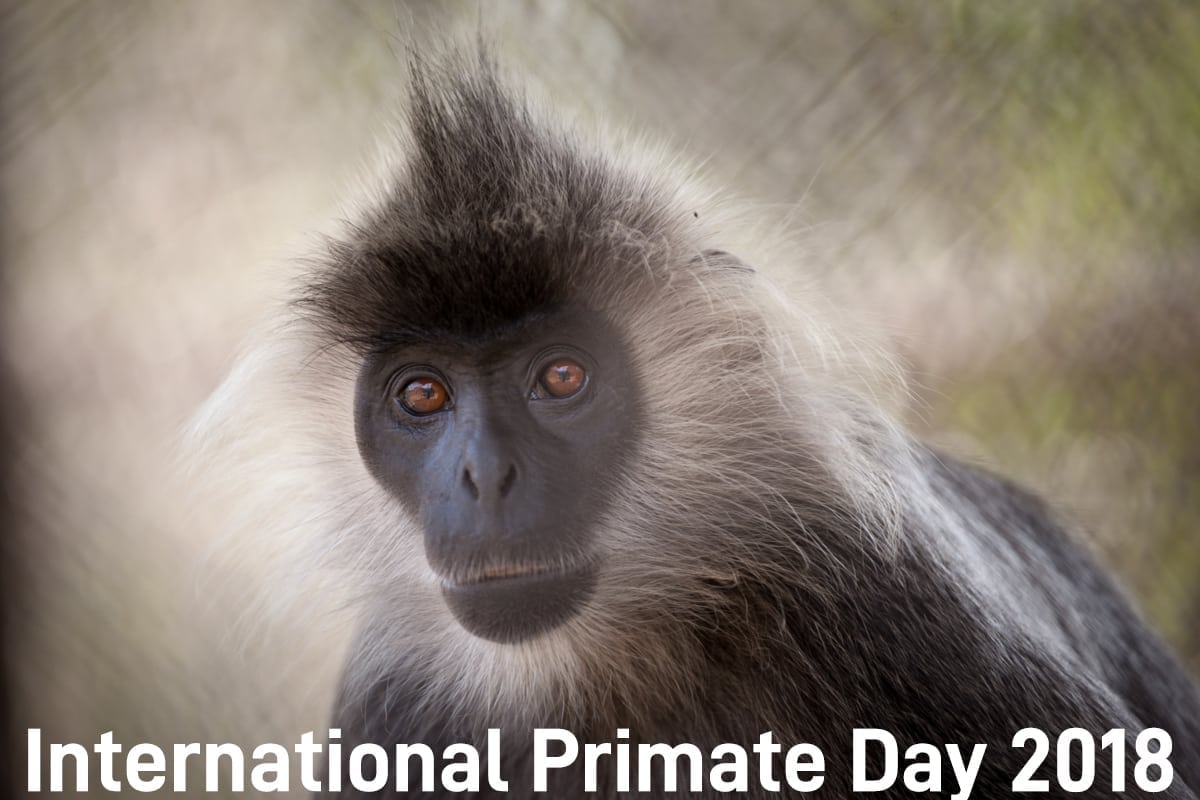

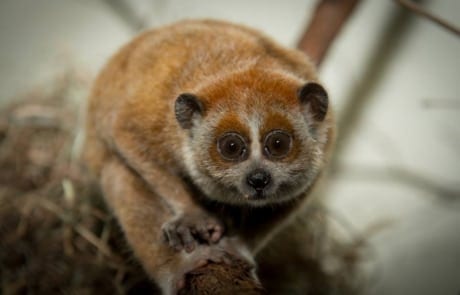
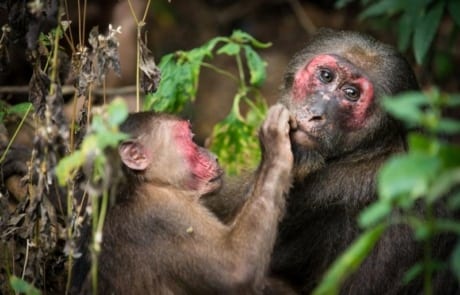
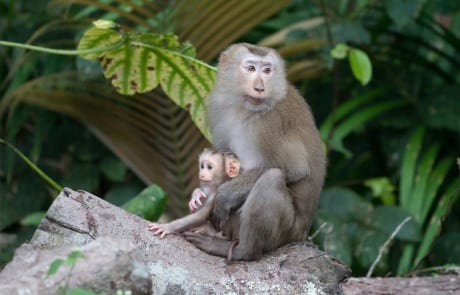
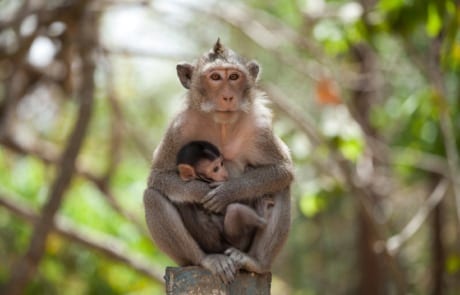
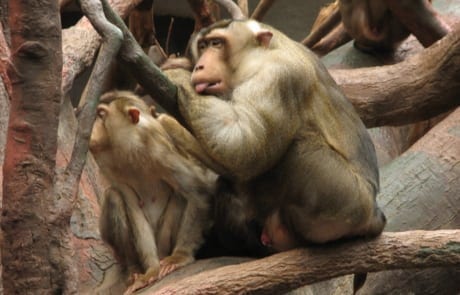
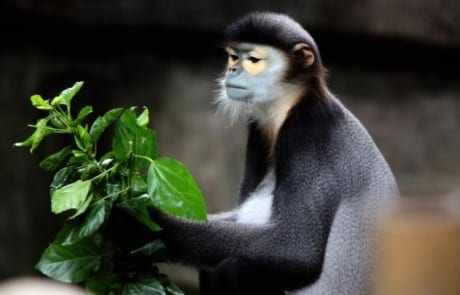
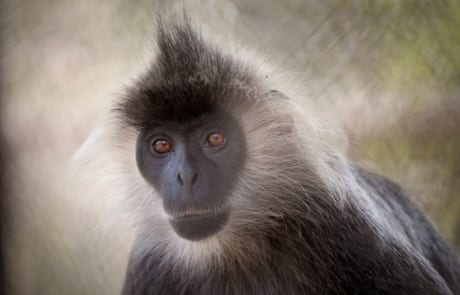
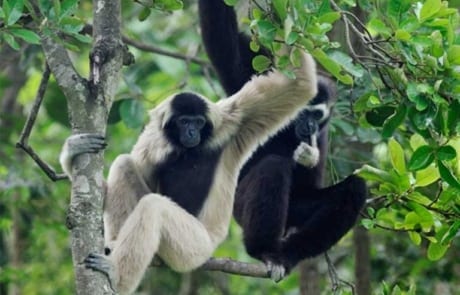
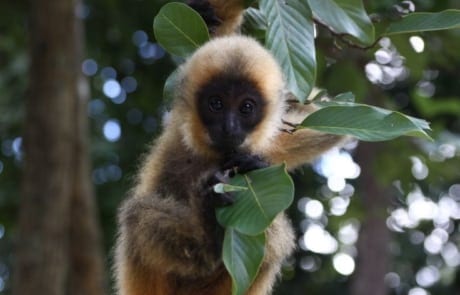
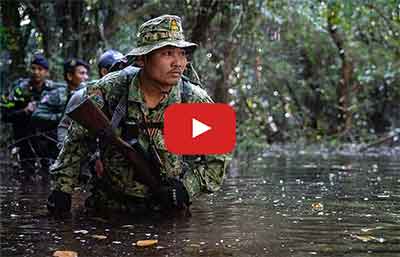
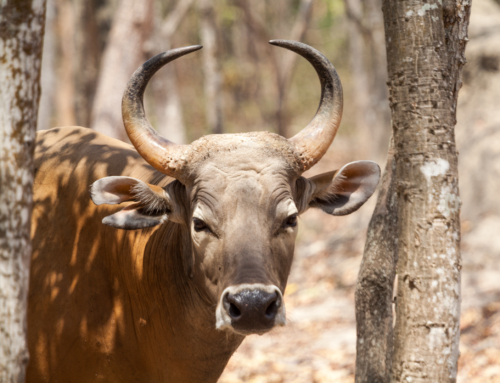
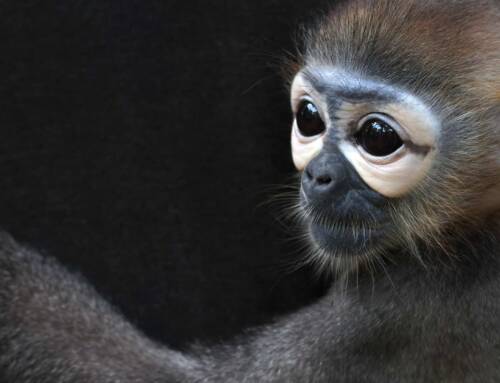
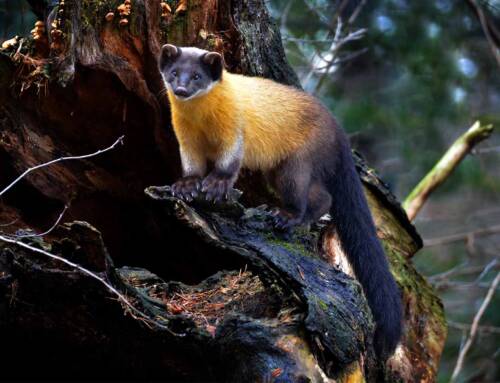
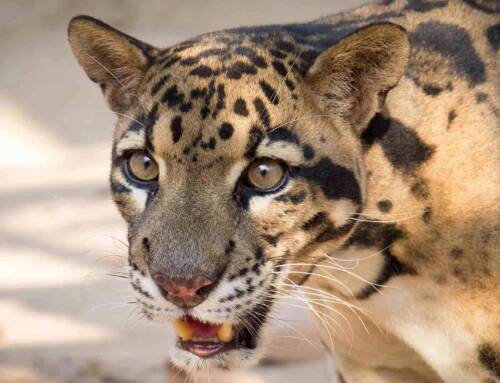
Thank you for taking baby lori and amari I hope you keep us all up to date on how the both are going
Thankyou for taking care of baby lori and amari